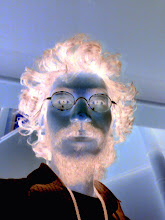It is necessary for eThekwini Municipality and other spheres of government to take a proactive stance in providing both the space and resources for the creative arts to flourish
- Promotion of arts and culture should be reframed and treated as a Local Government function (presently this is not the case), through appropriate policy creation/changes
- eThekwini Municipality should formulate partnerships with relevant education departments; as well as the Department of Arts, Culture and Tourism
